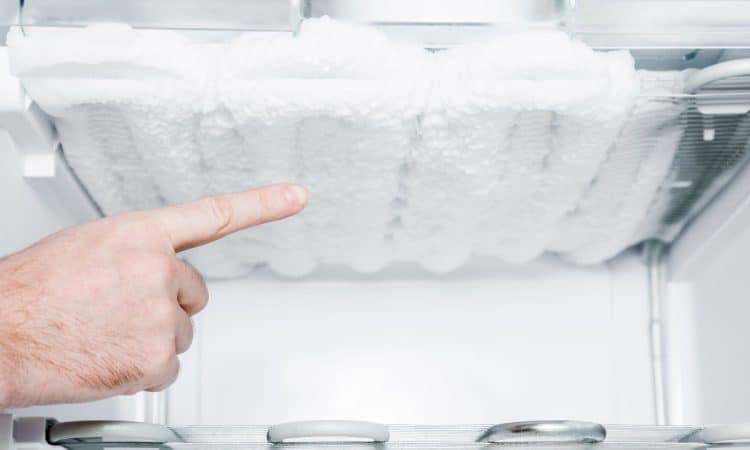
How to Keep Your Freezer Clean and Ice-Free
Have you ever wanted a freezer that is always clean and ice-free? Find out how to get a perfectly efficient freezer with simple steps. An ice-free freezer not only provides more space to store your food but also reduces energy consumption. Following a few simple tips can make a big difference in managing your freezer. Learn how to prevent ice from forming and discover the most effective ways to remove it.
Why Ice Forms and Its Effects
Ice formation in the freezer occurs mainly due to the condensation of moisture from the warm air that is introduced every time you open the door. This moisture quickly solidifies once it comes into contact with the cold surfaces inside, accumulating as ice. This process is common and can lead to various discomforts.
- Limited Space: Ice accumulations limit the usable space for food storage and can adversely affect freezer efficiency.
- Increased Energy Consumption: Excessive ice forces the freezer to work harder to maintain the set temperature, consequently increasing energy consumption.
- Food Quality: Ice can affect the quality and shelf life of stored foods, resulting in significant food and resource waste.
- Accessibility Issues: Ice formations can also clog freezer doors and drawers, making access to food products complicated.
- Mechanical Damage: Excessive ice accumulation can also disrupt the circulation of cold air inside the freezer, causing uneven cooling and compromising the proper storage of some foods.
Finally, excessive ice makes freezer cleaning and maintenance more laborious. Removing accumulated ice requires effort and time, and if not handled properly, can damage the appliance. Consequently, it is critical to implement preventive strategies to minimize ice formation and keep the freezer in ideal condition.
Methods to Remove Existing Ice
If ice has already begun to accumulate in the freezer, it is critical to remove it properly to prevent damage to both food and the appliance. To perform manual defrosting, disconnect the freezer from the power and empty it completely. Leave the door open and wait for the ice to melt. You can speed up this process by placing a pan of hot water inside the freezer, as the hot steam will help melt the ice more quickly.
- Use a Plastic Scraper: When the ice begins to melt, use a plastic scraper to gently remove the larger pieces. Avoid using metal tools that could damage the inside walls of the freezer.
- Dry the Interior: Once all the ice has been removed, dry the inside of the freezer thoroughly with a clean, dry cloth. This step is crucial to remove all traces of moisture that could encourage new ice to form.
- Sanitize with Vinegar: To further sanitize, clean the surfaces with a vinegar and water solution. Vinegar, being an excellent natural disinfectant, helps prevent mold growth and keeps the freezer clean and safe for food storage.
How to Prevent Ice Buildup in the Freezer
Preventing ice from forming in your freezer is essential to keeping it efficient and in perfect working order. Here are some useful tips to follow:
- Maintain Proper Temperature: Make sure the temperature inside your freezer is consistently around -18°C. Lower temperatures can make it easier for ice to form, consuming more energy and accumulating ice on the walls.
- Limit Freezer Openings: Every time you open the freezer, warm, moist air gets inside, condensing on cold surfaces and forming ice. Open the freezer only when strictly necessary and close it as quickly as possible.
- Seal Food Properly: Use airtight containers or freezer bags to reduce evaporation and moisture inside the freezer. Well-sealed foods not only maintain their freshness better but also prevent ice formation.
- Avoid Overfilling: Do not overfill the freezer. Leave space between foods to allow good circulation of cold air. An overfilled freezer prevents even cooling and can promote ice formation.
- Check Door Gaskets: Regularly inspect the freezer door gaskets. The gaskets must be in perfect condition to prevent warm, moist air from entering. Replace them if they are worn or defective to ensure a good seal.
By following these strategies, you can keep your freezer clean and ice-free, improving its efficiency and extending the life of your appliance.

